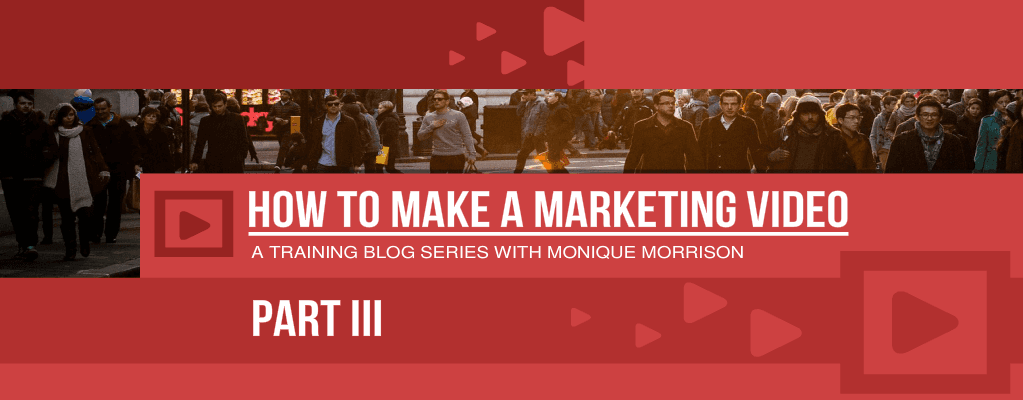How to Make a Video Part III: Production
The Culminating Stage
All that planning and preparation will take you to this: the actual production. The day of the shoot is when everything you've conceptualized will finally materialize. First and foremost, production entails filming. With your storyboard, shot, and production schedule on hand, you have a multitude of guides on how the filming should go.
Here are some tips to guide you in the video production stage:
1. Safety First
Upon arriving on the video location, make sure that all safety concerns are addressed. The necessary contacts, scripts, and equipment should be handed to the crew, and everyone on set should know the location of the first aid kit. To keep the cast and crew safe, also make sure everyone knows the do's and don'ts of handling equipment. Beat Murphy's Law (Anything that can go wrong will go wrong.) by ensuring that everyone knows what to do in case of emergency.
2. Final Cast Call
The video's success is reliant on the talent you have, so get the actors to relax before the actual shoot. Make sure that they are well-rehearsed and take time to ask them about any last minute questions and concerns they may have so they can be addressed before production.
3. Audio Tests are Crucial
Testing your audio equipment before shooting is a smart move. You should have an audio technician check prior to filming and cover all the bases: microphones, recorders, camera feed, batteries, playback, volume levels, and even background noise. This will help you avoid a great amount of delay.
4. Lights and Setup
Lighting is highly determined by your setup, especially whether you're filming inside a studio or outside in open daylight. Outside and inside filming will have their own set of challenges, so knowledge on lighting is quite essential. If you're shooting outside, consider doing it during the golden hour, which is in an hour after sunrise or an hour before sunset. Weather changes will greatly affect your shoot, so check the weather forecasts ahead of time. Indoor videos, on the other hand, necessitate the use of artificial lighting.
5. Camera Setup
The quality of your video will depend heavily on the images and action captured by the camera. Cameras should of course be fully charged and working well, and tripods should be solid and leveled, as they will be used heavily during production. The director will determine the settings of the camera by adjusting elements like white balance, exposure, grain and video quality, and frame rate. You might also want to use the Rule of Thirds, wherein the camera relies on reference points for good framing.
6. Lights, Camera... Action!
Finally, it is time to shoot. The first couple takes might not always go well, but, gradually, you’ll get the flow of things. As long as you have the script, storyboard, shot list and production timeline, you have all the guide you need to keep track of the filming and determine if it is going according to plan. Take note that shooting multiple takes may come in handy in case anything wrong goes with the original takes.
Once you got all those shots in, you're ready to create your video. Read all about editing.
Interested in starting a project? Book a Consultation.
We'll talk about your business, its history, and goals. We'll get to know what you're hoping to achieve and your struggles. Next, we'll talk about potential solutions and how we can help you reach your goals.
Quick Links
Contact Us
Join the Newsletter
We will get back to you as soon as possible
Please try again later
All Rights Reserved | Jeronamo Solutions

